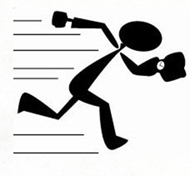 A few months back I wrote a post that encouraged readers to complete the following sentence:
A few months back I wrote a post that encouraged readers to complete the following sentence:
“It’s never too early to…”
The responses were AWESOME. And I wanted to keep that same spirit alive in today’s post by asking you to complete the exact opposite sentence:
“It’s never too LATE to…”
Here’s what I’ve come up with so far:
It’s never too late to … be happy!
It’s never too late to … change old habits.
It’s never too late to … be who you might have become.
It’s never too late to … become creative.
It’s never too late to … build a customer-focused organization.
It’s never too late to … call inactive accounts.
It’s never too late to … call off the firing squad.
It’s never too late to … call someone you love.
It’s never too late to … get an education.
It’s never too late to … get healthy.
It’s never too late to … get rich.
It’s never too late to … get your brain in shape.
It’s never too late to … go after your dream job.
It’s never too late to … go green.
It’s never too late to … have a happy childhood.
It’s never too late to … heal.
It’s never too late to … learn how to communicate.
It’s never too late to … learn.
It’s never too late to … love a computer.
It’s never too late to … move for health.
It’s never too late to … organize your finances.
It’s never too late to … procrastinate.
It’s never too late to … save.
It’s never too late to … start exercising.
It’s never too late to … start learning something new.
It’s never too late to … start over.
It’s never too late to … start singing a brand new song.
It’s never too late to … stop smoking.
It’s never too late to … succeed.
It’s never too late to … turn your life around.
It’s never too late to … write that book you’ve got inside you.
It’s never too late.
What are YOU waiting for?
LET ME ASK YA THIS…
Finish this sentence in five different ways: “It’s never too late to…”
LET ME SUGGEST THIS…
Post your lists here!
* * * *
Scott Ginsberg
That Guy with the Nametag
[email protected]
…only 5 more days until NametagTV.com goes ON AIR!
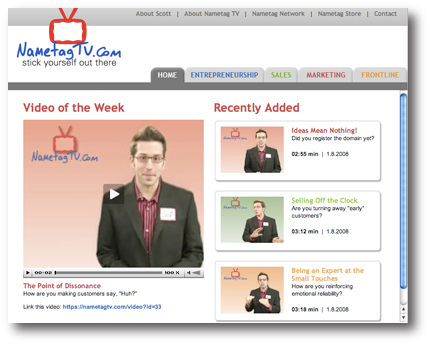

 During the late 1800’s, two inventors had almost identical ideas for this AMAZING new transmitting device called “The Telephone.”
During the late 1800’s, two inventors had almost identical ideas for this AMAZING new transmitting device called “The Telephone.” Consultants. Bah.
Consultants. Bah. As we approach the end of 2007, it’s important to ask yourself (and your team) Growth Questions.
As we approach the end of 2007, it’s important to ask yourself (and your team) Growth Questions.  Enjoy this post?
Enjoy this post? All creativity begins with curiosity.
All creativity begins with curiosity. Enjoy this post?
Enjoy this post? The other day I saw an advertisement for this intense, three-day Wealth-Building Seminar.
The other day I saw an advertisement for this intense, three-day Wealth-Building Seminar. Enjoy this post?
Enjoy this post? A common barrier to putting the pen to the page is:
A common barrier to putting the pen to the page is: Enjoy this post?
Enjoy this post? (To read part 1, click
(To read part 1, click 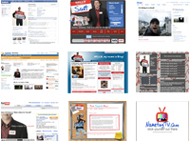 Are you a friend of
Are you a friend of  Call it optimism.
Call it optimism.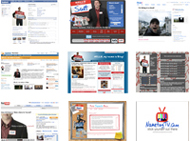 Are you a friend of
Are you a friend of  (Read part one of this series
(Read part one of this series 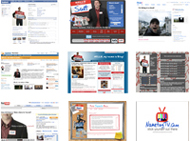 Are you a friend of
Are you a friend of  Inspiration comes unannounced.
Inspiration comes unannounced.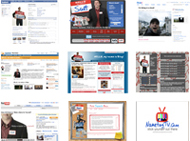 Are you a friend of
Are you a friend of